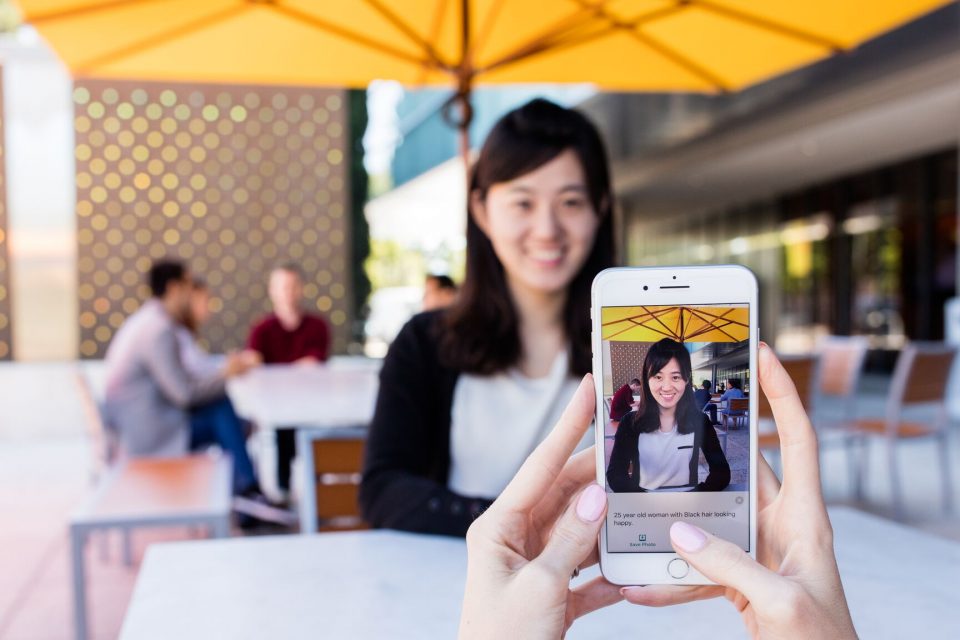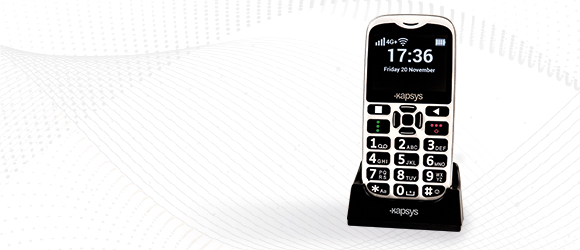Wearable Technology for Low Vision: Making Everyday Tasks Easier
Wearable Technology for Low Vision: Making Everyday Tasks Easier
Blog Article
Discover Ingenious Devices Developed for the Visually Damaged
The development of innovative tools for the visually damaged stands for a considerable development in accessibility and freedom. Technologies such as wise glasses with AI abilities and mobile applications designed to give acoustic descriptions are improving everyday experiences for customers. In addition, wearable gadgets that use haptic feedback enhance ecological understanding, while contemporary Braille advancements supply brand-new means to involve with text. As these tools continue to develop, their effect on the lives of those with aesthetic impairments raises essential inquiries regarding the future of inclusivity and freedom in numerous aspects of life. What exists ahead in this technical landscape?
Smart Glasses for Navigating

Smart glasses made for navigating are transforming the means aesthetically impaired individuals communicate with their setting. These sophisticated gadgets make use of a combination of camera modern technology, man-made intelligence, and acoustic feedback to offer real-time info about environments. By using barrier detection systems, clever glasses can alert customers to prospective dangers, making it possible for more secure mobility in both unfamiliar and acquainted settings.
The assimilation of GPS modern technology even more boosts navigation capacities, permitting customers to obtain acoustic instructions as they move. This hands-free technique not only cultivates independence yet likewise encourages visually impaired individuals to browse urban landscapes with boosted self-confidence. Additionally, numerous clever glasses are furnished with features that recognize spots and street indications, supplying contextual info that enhances the customer experience.
In addition, the development of these gadgets is continually progressing, with firms functioning to improve the accuracy of things recognition and increase the variety of navigational features. As clever glasses end up being much more budget friendly and easily accessible, they hold the possible to significantly change life for aesthetically impaired individuals. Ultimately, these cutting-edge tools stand for an important step towards inclusivity, offering enhanced movement and a greater sense of autonomy for individuals browsing the globe around them.
.png)
Mobile Application for Daily Living
Just how can mobile applications enhance the day-to-day lives of aesthetically impaired individuals? Mobile apps are revolutionizing the way aesthetically damaged customers navigate their settings, handle everyday jobs, and accessibility information. These applications offer necessary support with different performances, fostering self-reliance and enhancing lifestyle.
Numerous ingenious mobile apps are created particularly for day-to-day living. Applications like Be My Eyes link visually damaged individuals with sighted volunteers through video clip telephone calls, allowing them to obtain real-time support with jobs such as checking out tags or browsing strange rooms. Seeing AI, developed by Microsoft, uses artificial knowledge to describe environments, read text, and identify things, properly transforming a mobile phone right into an effective tool for daily aid.
In addition, navigating apps customized for the visually damaged, such as Aira and BlindSquare, offer audio-based directions and ecological details, allowing users to traverse their environments safely and with confidence. Beyond navigation and instant help, mobile applications likewise sustain company and job management, with attributes that help individuals establish pointers, develop to-do checklists, and track appointments. In recap, mobile my site applications function as crucial resources, empowering visually damaged individuals to lead even more independent and meeting lives.
Wearable Technologies for Assistance
Empowerment through innovation is significantly obvious in the realm of wearable gadgets designed to assist visually damaged people. These innovative devices integrate effortlessly right into every day life, improving navigation and providing necessary responses to individuals. As an example, clever glasses outfitted with electronic cameras can identify faces and read text aloud, allowing users to communicate more with confidence in social and professional setups.
One more noteworthy development is the Click This Link usage of haptic comments systems in wearable tools. These systems utilize resonances or various other responsive signals to communicate info concerning the customer's environment, such as barriers or modifications in terrain, improving flexibility and safety and security. Wearable technologies additionally include wristbands that attach to mobile phones, notifying customers to alerts through subtle resonances, hence enhancing connection without dependence on aesthetic signs.
As these innovations continue to advance, they are not just improving independence for visually damaged people however likewise fostering a better sense of inclusion in culture. By bridging the space in between difficulties encountered in day-to-day living and the capacity for freedom, wearable modern technologies serve as essential tools in the mission for equality and empowerment for those with aesthetic disabilities.
Sound Summary Tools
Audio summary tools play a crucial function in enhancing accessibility for aesthetically impaired individuals, providing review them with the capability to involve with visual media. Assistive technology for the blind. These tools offer narrated descriptions of vital aesthetic elements in films, tv shows, and live performances, making sure that customers can fully comprehend the context and emotions communicated with visuals
Audio summary can be incorporated into numerous platforms, including streaming services, movie theater testings, and live cinema. Several prominent streaming solutions now include audio description as an accessibility function, enabling audiences to pick it conveniently. In enhancement to conventional media, specialized apps also exist, supplying audio summaries for art exhibits, galleries, and various other social occasions.
The performance of audio description pivots on the ability of the storytellers, that must convey aesthetic information succinctly without detracting from the original sound. Technologies in this field are likewise leading the way for even more customized experiences, where individuals can readjust the level of detail and pacing according to their preferences.
Braille Innovations and Tools
Braille developments and tools have dramatically transformed the way aesthetically damaged people connect with text and information. Modern developments have actually led to the growth of functional devices that boost proficiency and independence amongst individuals.
In addition, mobile Braille notetakers incorporate standard Braille input with modern-day capabilities, facilitating note-taking, scheduling, and file modifying on the go. AI-powered visual aids. These small gadgets typically feature text-to-speech abilities, bridging the gap between Braille and acoustic details
Additionally, ingenious Braille printers have emerged, permitting customers to create Braille labels, files, and educational products successfully. This access promotes greater participation in expert and educational environments, inevitably advertising inclusivity.
Furthermore, research study into smart Braille innovations remains to broaden. Devices that include fabricated knowledge are being explored to give real-time navigating help and contextual information, boosting the individual experience in diverse setups. Overall, these technologies show a commitment to encouraging visually damaged individuals via technology, guaranteeing they can easily gain access to and involve with the world around them.

Conclusion
The advancement of ingenious tools for the visually damaged substantially enhances freedom and high quality of life. These technologies not just foster higher incorporation yet likewise advertise autonomy in everyday activities, eventually adding to a much more obtainable and equitable society for aesthetically impaired individuals.
As clever glasses end up being extra cost effective and available, they hold the possible to considerably change day-to-day life for visually damaged customers. Mobile applications are transforming the way visually damaged individuals browse their environments, take care of daily tasks, and accessibility information. Apps like Be My Eyes attach visually impaired individuals with sighted volunteers by means of video clip phone calls, enabling them to obtain real-time aid with tasks such as reading labels or navigating unknown spaces.Furthermore, navigating applications customized for the aesthetically damaged, such as Aira and BlindSquare, supply audio-based instructions and ecological details, making it possible for customers to traverse their environments securely and with confidence.The improvement of ingenious devices for the visually impaired substantially improves self-reliance and high quality of life.
Report this page